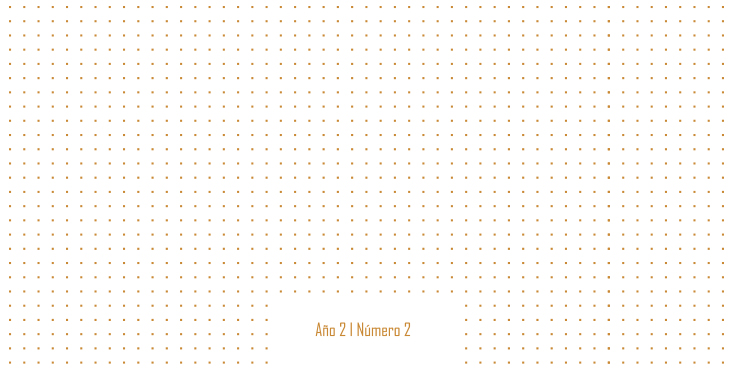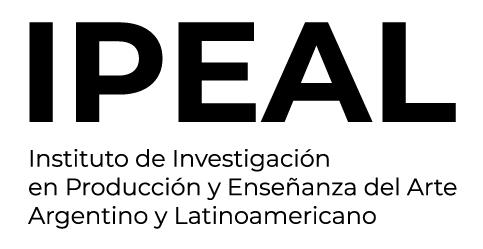Diseñar el imaginario colectivo. La anticipación en la Comunicación Visual
Keywords:
Anticipación, comunicación, social, futuro, estrategiaAbstract
En el presente escrito se propone una mirada sobre el Diseño en Comunicación Visual. De este modo, se focaliza en la comprensión del diseño como una herramienta para constituir un cambio social y, para ello, se analiza el proceso de comunicación integral (en el que la estrategia comunicacional cobra un valor fundamental) y se hace hincapié en la anticipación como dispositivo del diseño. Así, se describe una alternativa de investigación sobre un nuevo modelo que reconsidere los horizontes perdidos del diseño y que le dé valor a la práctica profesional, adecuando la disciplina a los parámetros sociales.Downloads
Published
How to Cite
Issue
Section
License
The acceptance of the manuscript by the magazine means the non-exclusive cession of the property rights of the authors in favour of the editor, who allows the reuse, after publication (post print), under a license Attribution-NonCommercial-NoDerivatives 4.0 International.
According to these terms, the material can be copied and redistributed by any means or in any format as long as a) the author and original source of the publication are quoted (magazine and URL of the work), access to the license is provided and whether changes have been made is mentioned; and b) the material is not used for commercial purposes.
The cession of non-exclusive rights means that after the publication (post print) in Metal the authors can publish their work in any language, means and format; in such cases it must be mentioned that the material was originally published in this magazine. Such cession also means the authorization of the authors for the work to be collected by SEDICI, the institutional archive of the Universidad Nacional de La Plata, and to be spread in the databases that the editorial team considers appropriate to increase the visibility of the publication and its authors.
Moreover, the magazine encourages the authors to deposit their productions in other institutional and thematic archives under the principle that offering the society the scientific and academic production without any restrictions contributes to a greater exchange of the global knowledge.



























